Immerse your students in an auditory adventure, exploring sound energy with this engaging experiment.
🔊 Discover Sound’s Journey – An Interactive Experiment for Young Scientists
Sounds are vibrations that travel through the air to our ears. We know that light travels in a straight line, but what about sound?Unravel the mysteries of sound with our engaging experiment, Sound Research. Have your students ever wondered how sound travels from its source to our ears? Help them find out through this immersive task!
How to Facilitate This Sound Energy Experiment
The learning objective of this experience is for students to explore and understand how sound waves travel from the source to our ears.
Your students’ challenge is to identify four distinct listening positions, at least one obstructed by a barrier like a wall. They will then predict whether the sound will reach their ears at each location. Then, they’ll record their hypotheses on the provided worksheet.
Scientific Steps:
- Set the Stage: Position the sound source where it would typically be heard.
- Hypothesize & Explore: Move to each listening position and note if the sound is audible. Circle ‘Yes’ if heard, ‘No’ if not.
You’ll need a sound source—be it a musical device, a whistle, or a musical instrument.
Completing the Task with Engaging Recording Sheets
This project also includes three worksheets for students to record their scientific findings. On the first, they’ll illustrate listening positions and hypothesize sound audibility (‘Yes’ or ‘No’). They’ll then record their results, and document the outcome of the experiment. Next, they’ll participate in discussion by interpreting and discussing the implications of their findings. Next, students must sketch how the sound moved (or didn’t) from the source to their ears. The final exercise, the conclusion, asks them to reflect on whether their hypotheses were accurate and how they reached their conclusions.
Bonus Challenge for Extension:
Draw the first two sound movement diagrams as a group, then take on the next two individually for added fun!
Sound Research empowers young minds to understand the intriguing world of sound waves while fostering critical thinking and hands-on learning. Ready to dive into the symphony of science?
Join in this auditory adventure and let the sound waves captivate your curious minds! 🎶🔍
[resource:2672162] [resource:2653586] [resource:2671630]
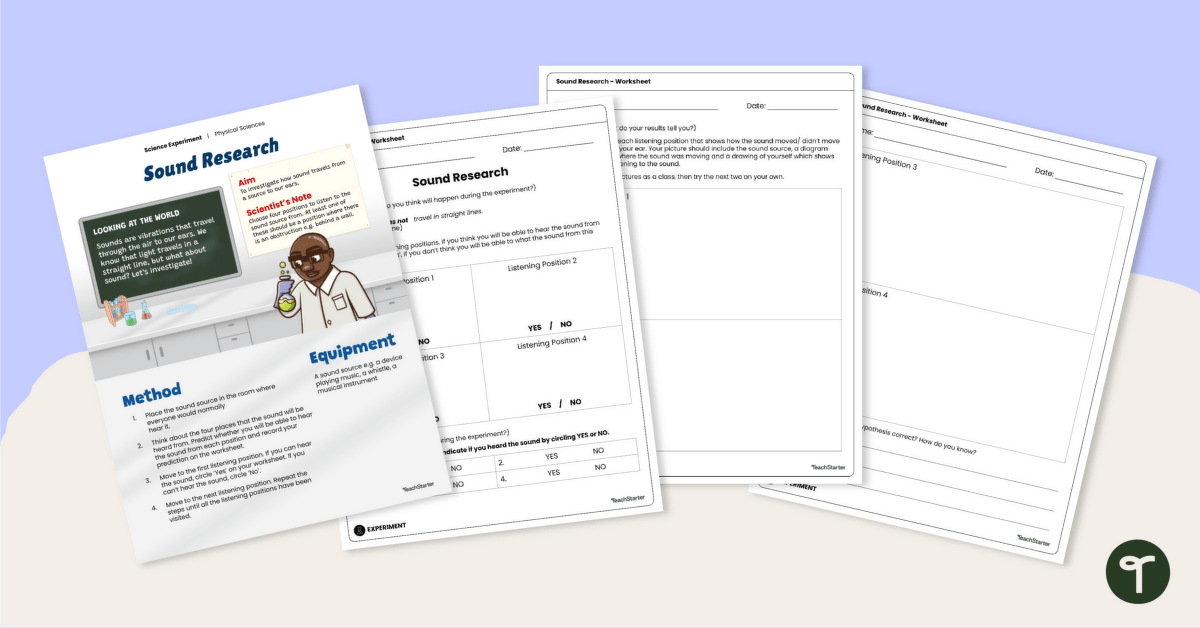

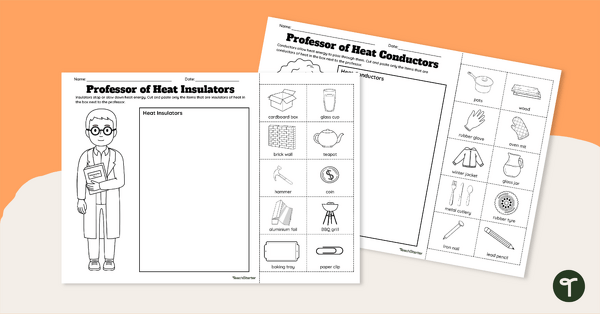
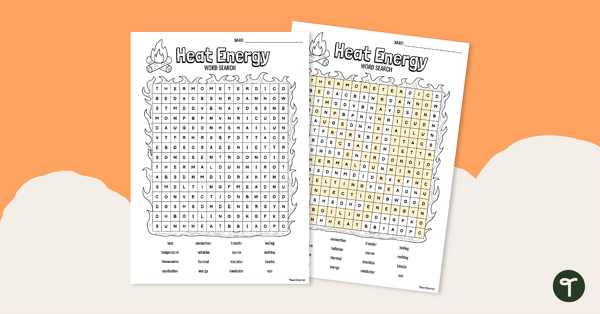
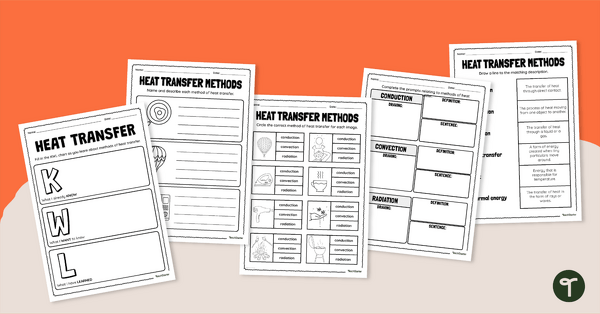
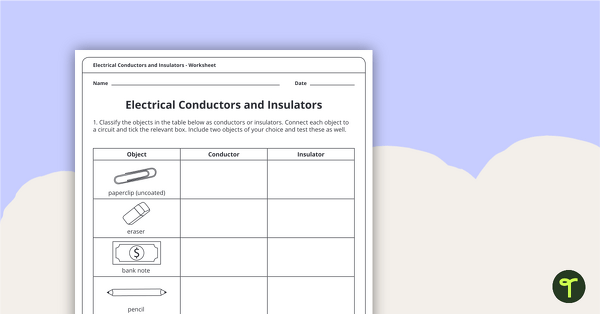
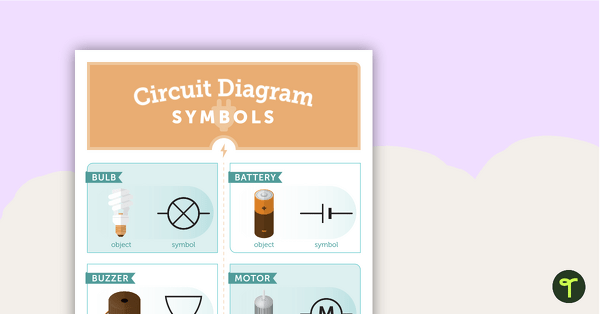
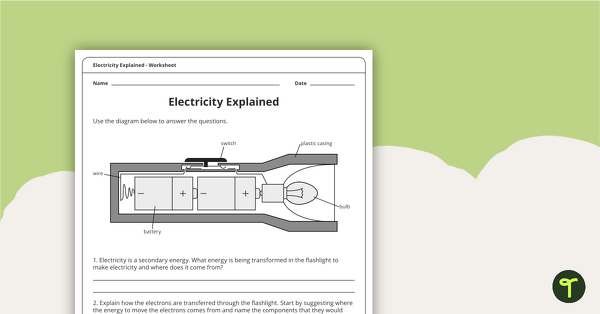

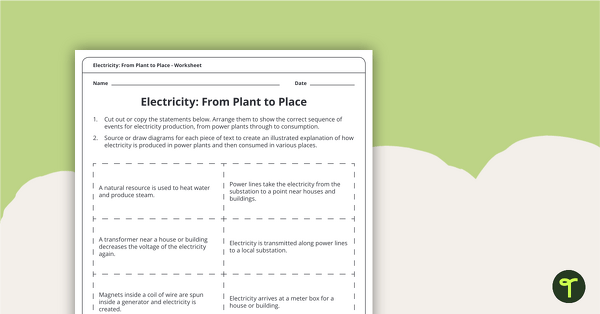
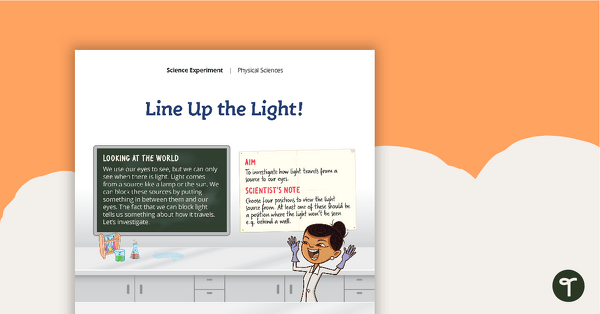
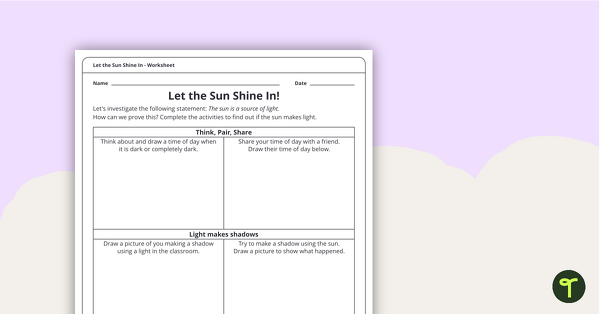
0 Comments
Write a review to help other teachers and parents like yourself. If you'd like to request a change to this resource, or report an error, select the corresponding tab above.